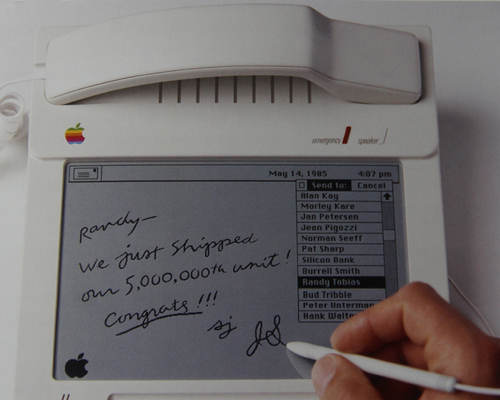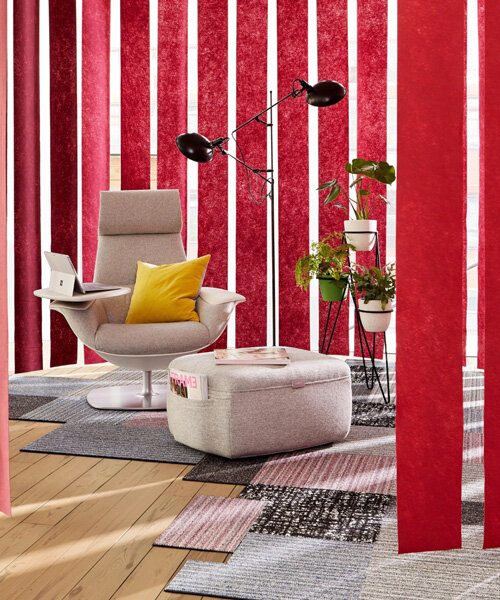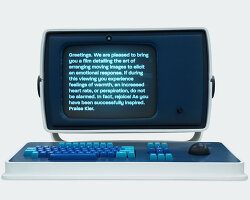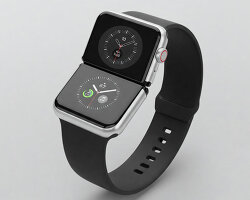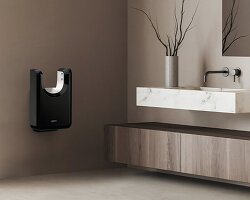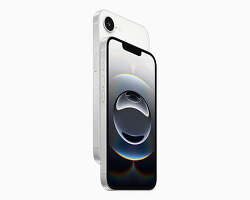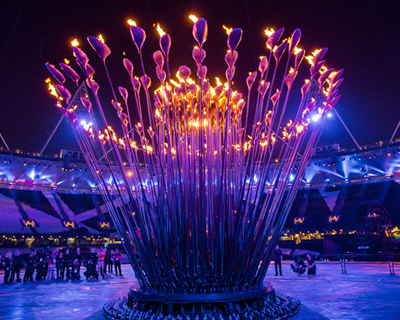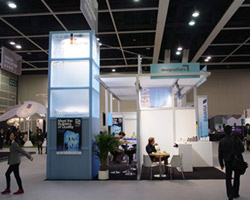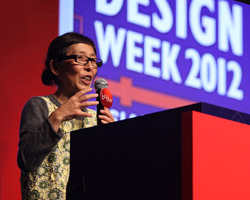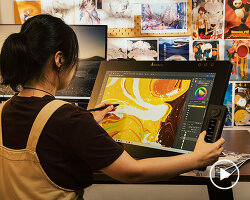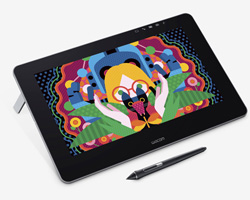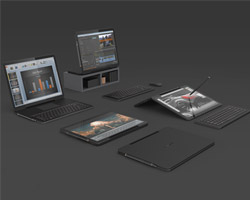hartmut esslinger’s early apple computer and tablet designs ‘apple macphone’image courtesy of hartmut esslinger
in german designer hartmut esslinger’s new book ‘design forward‘, the founder of frog design overviews ‘strategic design’, and how innovative progression has sparked creative change in the consumer market, especially for one of the most successful american companies ever built: apple. the official book launch happened at the opening event of an exhibition ‘german design standards – from bauhaus to globalisation’ on german design classics, during the BODW 2012 business of design week in hong kong. the exhibition has been a collaboration between the hong kong design institute (HKDI), the neue sammlung – the international design museum munich – and the red dot design museum in essen, germany.
designboom met hartmut esslinger shortly before his presentation in hong kong and in that occasion we were given the first book copy. he introduced us into the strategic planning of apple and his personal friendship with steven jobs. in this article, designboom takes a look back at esslinger’s designs of the early 80’s, where the images document prototypes, concepts and explorations of apple’s computers, laptops and tablets.
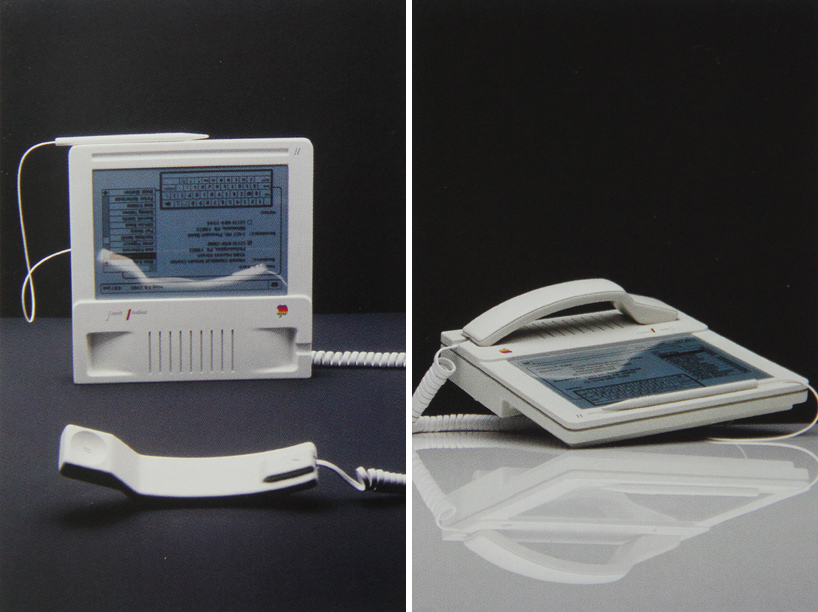
apple snow white 3 ‘macphone’, 1984image courtesy of hartmut esslinger
‘ I want apple’s design not just to be the best in the computer industry, but to be the very best in the entire world.’ – steve jobs
(…) in 1982, apple was in its sixth year of existence, and steve jobs, apple’s cofounder and chairman, was twenty-eight years old. steve, intuitive and fanatical about great design, realized that the company was in crisis. with the exception of the aging apple, IIe, the company’s products were failing against IBM’s pc’s. and they were all ugly, especially the apple III and soon to be released apple lisa. the company’s precious CEO, michael scott, had created different business divisions for each product line, including accessories such as monitors and memory drives. each division had its own head of design and developed its products the way it wanted to.
as a result, apple’s products shared little in the way of a common design language or overall synthesis. in essence, bad design was both the symptom and a contributing cause of apple’s corporate disease. steve’s desire to end the disjoined approach gave birth to a strategic design project that would revolutionize apple’s brand and product lines, change the trajectory of the company’s future, and eventually redefine the way the world thinks about and uses consumer electronics and communication technologies.
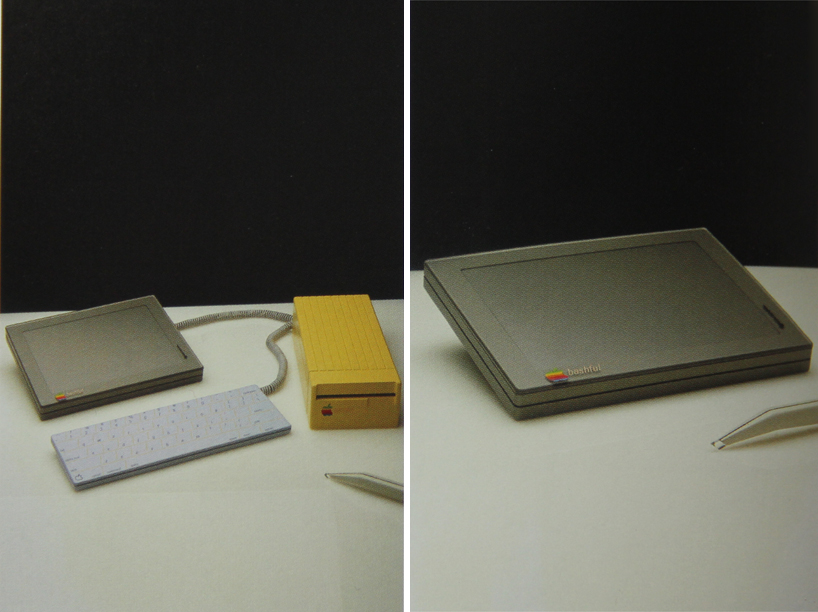
apple snow white 1 ‘tablet mac’, 1982image courtesy of hartmut esslinger
the idea for the project was inspired by the work of richardson smith design agency (later acquired by fitch) for xerox, in which the designers collaborated with multiple divisions within xerox to create a single high-level ‘design language’ that the company could implement throughout its organization. jerry manock, the designer of the apple II and head of design in apples’s macintosh division, and rob gemmell, head of the apple II division created a plan in which they would invite global designers to apple headquarters and, after interviewing all of them , stage a competition between the two candidates.
apple would choose a final winner and then use that design as the framework for its new design language. no one knew at that time however, that we were in the process of transforming apple into a company whose design-based strategy and innovation-over-money approach would make it a global success. (…) – text excerpt from the book ‘design forward‘
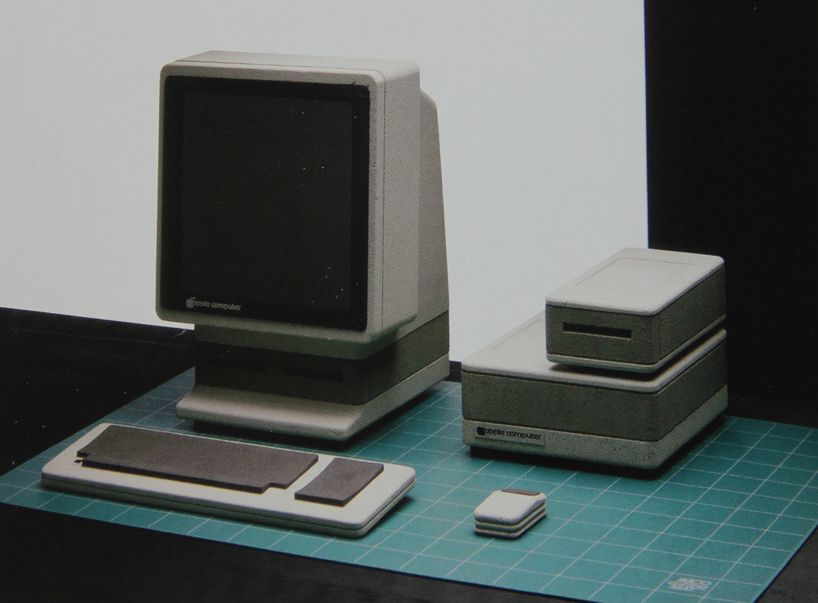
apple snow white 1 ‘sony style’, 1982image courtesy of hartmut esslinger
(…) after many talks with steve (jobs) and other apple excecutives, we determined three different directions for further exploration
concept 1 was defined by ‘what sony would do if it built computers’. I didn’t like this idea, as it could create conflicts with sony, but steve insisted. he felt that sony’s simple cool design language should be a good benchmark, and sony was the current pacesetter in making high-tech consumer products smarter, smaller and more portable. – text excerpt from the book ‘design forward‘
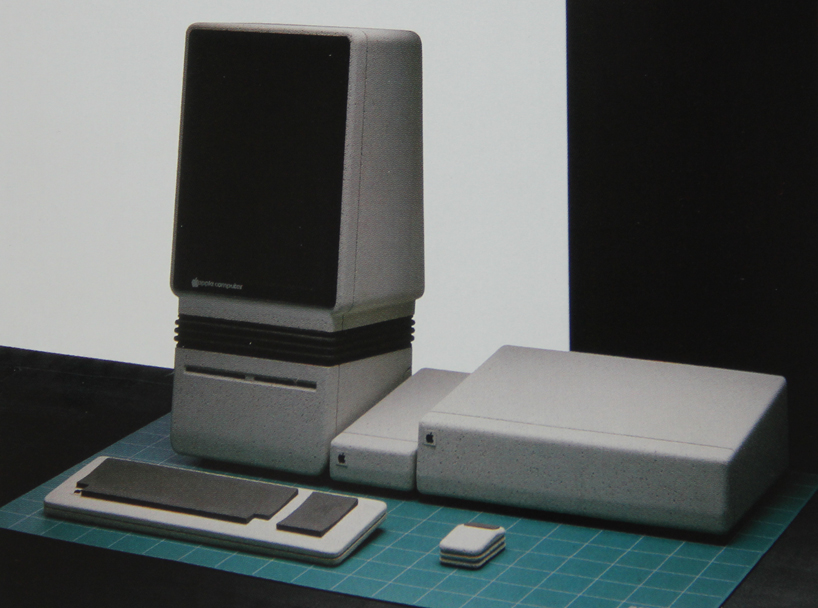
apple snow white 2 ‘americana’, 1982image courtesy of hartmut esslinger
concept 2 would express ‘americana,’ reconnecting high-tech design with classical american design statements, especially raymond loewy’s streamlined designs for studebaker and other automotive clients, the electrolux line of household appliances, gestetner’s office products, and (naturally), the coke bottle. – text excerpt from the book ‘design forward‘
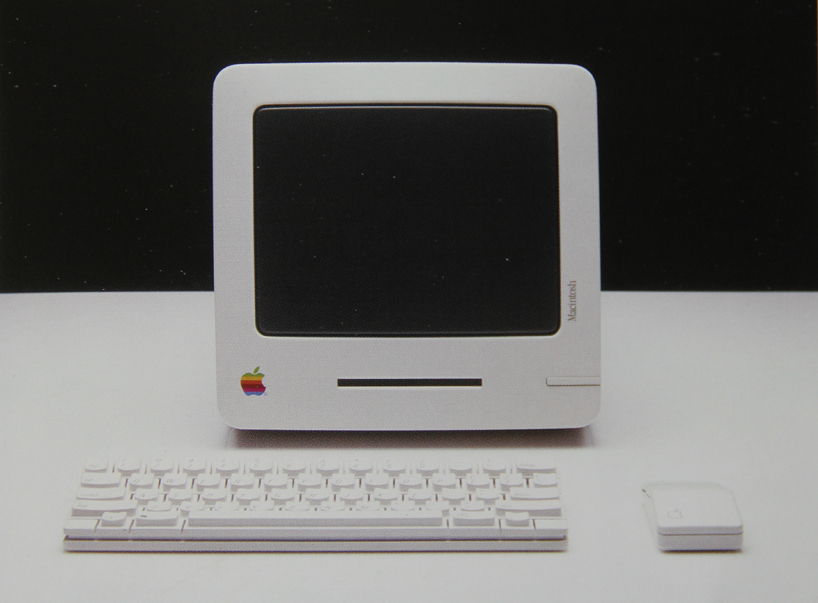
apple ‘baby mac’, 1985image courtesy of hartmut esslinger
concept 3 was left to me. it could be as radical as possible – and that nade it the best kind of challenge. concept A and B were well founded in proven statements, so concept C was my ticket for a voyage toward a mysterious destination. it would also become the winner. (…) – text excerpt from the book ‘design forward‘
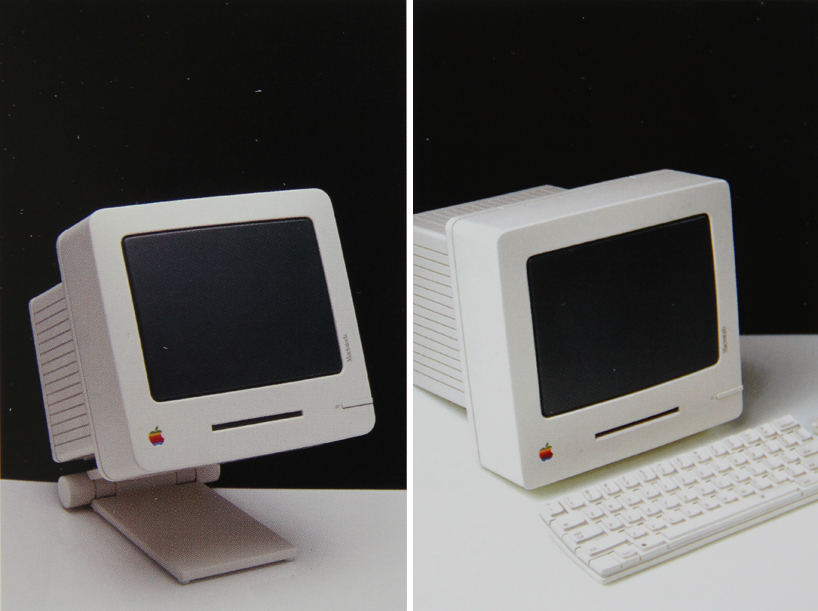
apple ‘baby mac’, 1985image courtesy of hartmut esslinger
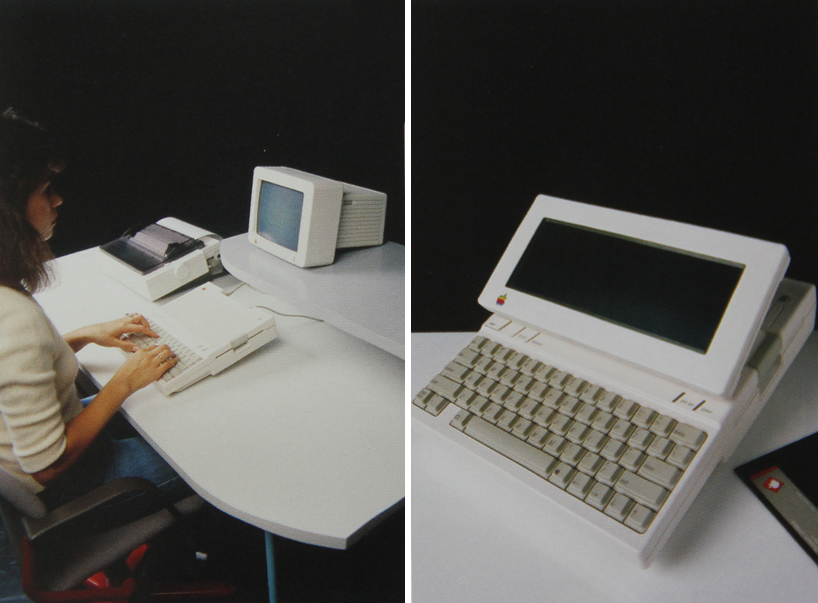
apple IIC, 1983image courtesy of hartmut esslinger
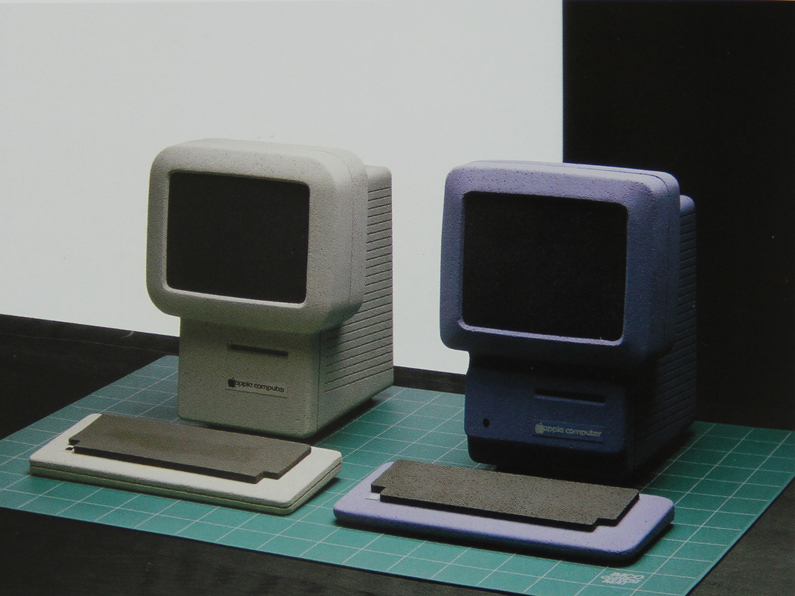
apple snow white ‘macintosh studies’, 1982image courtesy of hartmut esslinger
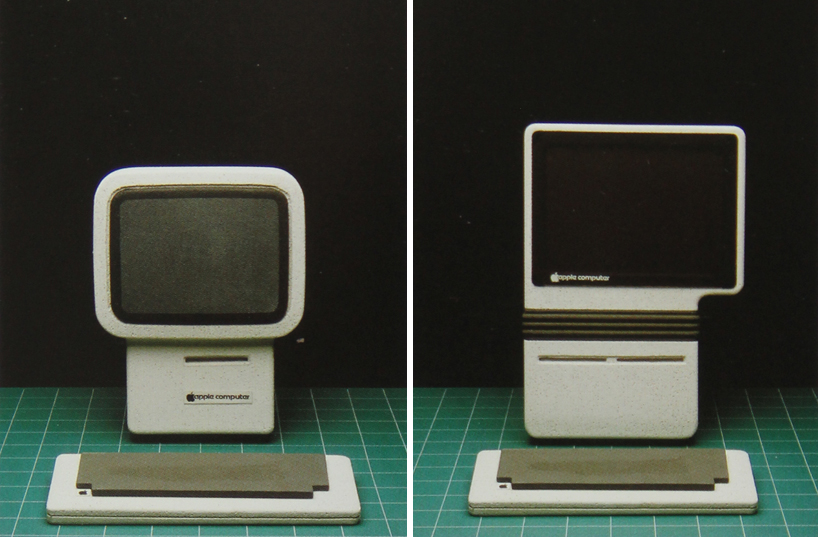
apple snow white 2 ‘macintosh studies’, 1982image courtesy of hartmut esslinger
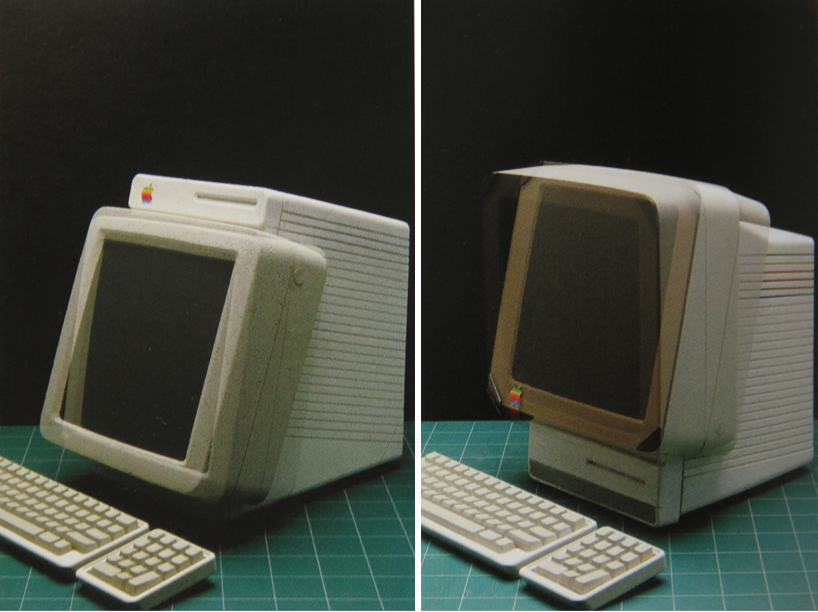
apple snow white 1 ‘lisa workstation’, 1982image courtesy of hartmut esslinger
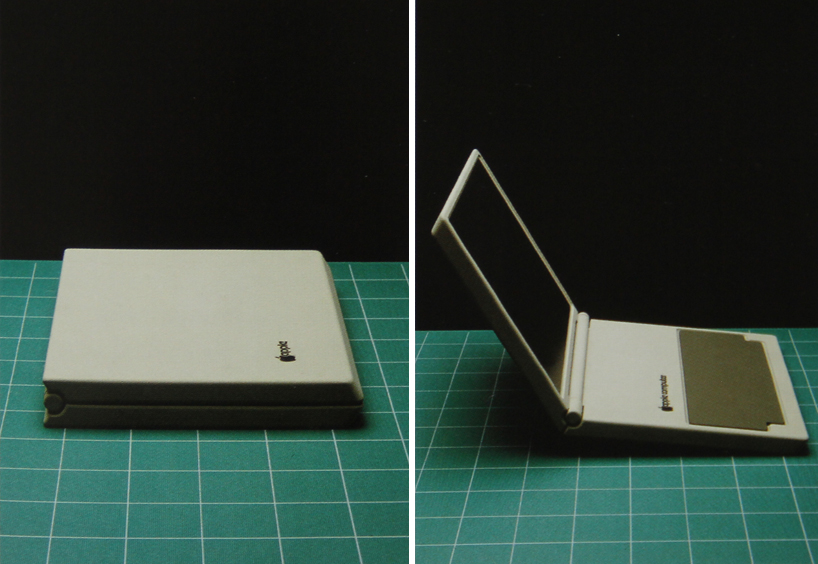
apple snow white 2 ‘macbook’, 1982image courtesy of hartmut esslinger
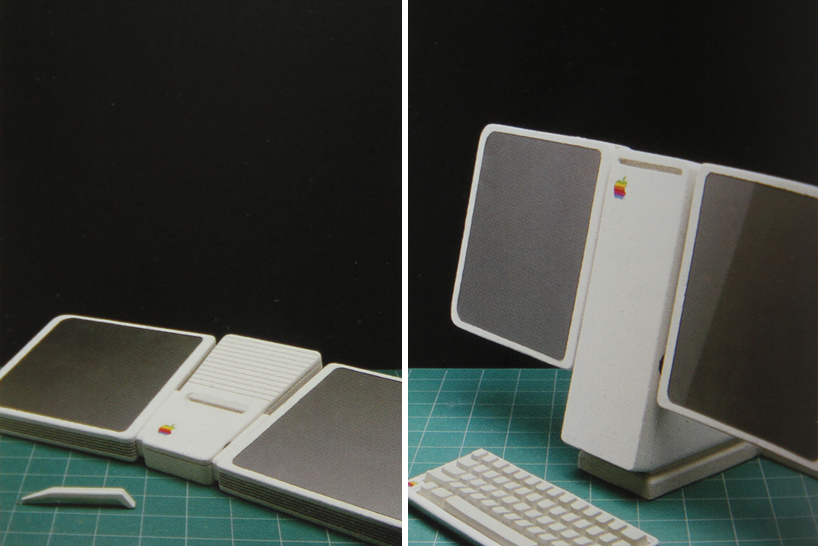
apple snow white 2 ‘flat screen workstation’, 1982image courtesy of hartmut esslinger
 hartmut esslingerimage © designboom
hartmut esslingerimage © designboom
hartmut esslinger (1944)in the mid 1970s, he first worked with sony on its trinitron and wega ranges. in the early 1980s, he began working with apple. during that time their common design strategy transformed apple from a ‘silicon valley start-up’ into a global brand. he helped creating the ‘snow white’ design language, which began with the legendary apple IIc including the legendary macintosh computer, and reigned in cupertino from 1984 to 1990. soon after steve jobs’ departure, esslinger broke his own contract with apple and followed jobs to NeXT. other major client engagements include lufthansa’s global design and brand strategy, SAP’s corporate identity and software user interface, microsoft windows branding and user interface design, siemens, NEC, olympus, HP, motorola and general electric. in december 1990 esslinger was featured on the cover of businessweek the only living designer thus honored since raymond loewy in 1934. esslinger is a founding professor of the hochschule fuer gestaltung in karlsruhe, germany and since 2006 he is a professor for convergent industrial design at the university of applied arts in vienna, austria. today prof. hartmut esslinger is a master of strategic design with the beijing detao masters academy (DTMA), a multi-disciplined, application-oriented higher education institution in shanghai, china.
